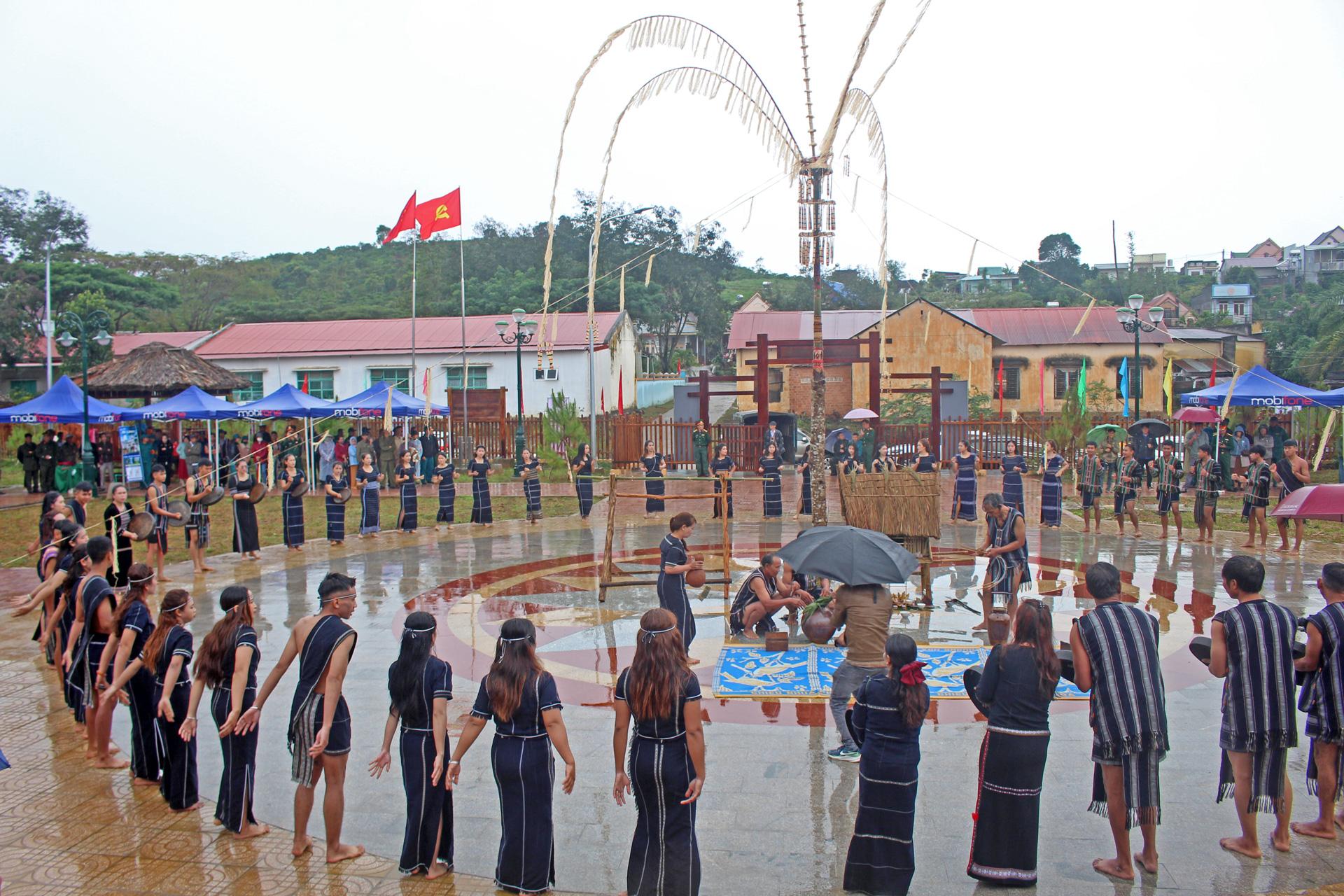 |
| K'Ho ethnic traditional cultural village - a place to preserve and spread traditional cultural values |
Di Linh is a land of great potential, located on the Di Linh plateau at an altitude of 1,000 m, a fertile basalt land, with a temperate climate all year round, averaging 22.2 degrees, humidity 87%, and rainfall 3,103 mm/year. It is a district with an area of 1,613.16 km2 , the largest in the country, larger than 10 provinces (7 northern provinces and 3 southern provinces); large forest area, high coverage, biodiversity, landscape, and rich forest ecosystem. Abundant water resources, the largest water surface area in the province, forest resources with ecosystems and beautiful landscapes. The system of lakes, rivers and streams is distributed throughout the district such as: Ka La Lake (a provincial-level scenic spot of over 300 hectares), West Lake, East Lake, Thanh Bach Lake, Lien Hoan Lake, Nhat Lake, Lake 1019; Dong Nai River system, Nhum River, Dariam River and Dong Nai 2, Dong Nai 3, Ham Thuan - Da Mi Hydroelectric Lakes, Dak Lou Kia Lake... Brah Yang Mountain is the highest in Di Linh Plateau with an altitude of nearly 2,000 m surrounded by natural waterfalls: Bobla (Lien Dam), Liliang (Gung Re), Bay Tang (Tam Bo), Tul (Gia Bac), Phu Xuan (Gia Hiep)... creating a beautiful landscape.
Di Linh has 47 thousand hectares of agricultural land and 45 thousand hectares of coffee trees. The population is 192 thousand people, with 28 ethnic groups living together, the proportion of ethnic minorities accounts for 42%. Moreover, Di Linh is the living space for thousands of years of the K'Ho people, making this beautiful land rich in cultural identity and humanity. The Dong Do archaeological site (Tan Nghia commune) where archaeologists discovered traces of humans through jar burials has proven that humans have been present here very early. In the K'Ho language, Sre means field, which has identified a K'Ho ethnic group (to distinguish it from K'Ho Cil, K'Ho Lach, K'Ho Nop... hunting, gathering, slash-and-burn farming, nomadic living, eating in the forest); the K'Ho Sre people have lived for a long time on the Di Linh plateau, settled down to cultivate wet rice fields, together creating the Gung Re and Bao Thuan fields.
Di Linh is also the place where the earliest anti-French colonial movement in the Southern Central Highlands began with the Mo Ko uprising that began more than 100 years ago. The legendary Queen of the Jungle led her people to rise up against the French, scaring the uninvited Western “guests”. More than 100 years ago, the French brought coffee to grow, covering the vast red basalt soil. It was no coincidence that the French chose Di Linh as the capital of Dong Nai Thuong province (including Tanh Linh, a Dong Nai region from La Nga river to the Upper region) in 1899, and road infrastructure developed earlier. Since 1930, to go from Ho Chi Minh City to Da Lat, one had to travel on National Highway 28, along the Tanh Linh forest, through Gia Bac - Son Dien pass (Bao Loc pass was only built in 1973). To this day, the house of Dong Nai Thuong provincial governor is still there as a testament to the times. It can be said that Di Linh is the cultural center of the K'Ho people since ancient times, the origin of Lam Dong province.
Mr. Tran Thanh Hoai - Deputy Director of Lam Dong Department of Culture, Sports and Tourism said: All of that cultural, historical and humanistic depth has created a different Di Linh. With a cool climate, beautiful natural landscapes, unique cultural identity, Di Linh district has the potential and advantages to develop cultural, ecological and community tourism; in which resorts open up beautiful landscapes approaching mountains, hills, rivers, streams, waterfalls, lakes; enjoying nature combined with learning and experiencing cultural and historical values. Therefore, tourism development in Di Linh needs a different path. Along with developing landscape agriculture, exploiting the potential of natural landscapes needs to blend into cultural depth, creating unique and attractive tourism products to attract tourists.
Up to now, there are 14 projects calling for investment from the province in the district and 21 projects calling for investment from the district to exploit potentials and advantages; in which, tourism development projects are the right direction. It can be mentioned that the Ka La Lake and Brah Yang Mountain Eco-tourism and Resort Project; the integrated resort of the ecological urban village by the Dong Nai 2 Hydropower Lake; the urban, commercial, service, and comprehensive tourism area of the central rice fields of Di Linh town; the residential, tourism, and entertainment area of West Lake; East Lake; Lake 1019; Tan Lap Lake; Dang Rach village residential area associated with high-tech agricultural production, agricultural tourism; Phu Xuan waterfall eco-tourism project... All aim to exploit potentials, develop tourism associated with preserving indigenous ethnic cultures.
In particular, the K'Ho Traditional Cultural Village invested by the province and district in K'Long Trao village (Gung Re commune) is a place to gather and spread the cultural values of indigenous ethnic groups. Mr. Vu Duc Nhuan - Vice Chairman of Di Linh District People's Committee said that in recent years, Di Linh district has always paid attention to preserving, conserving and promoting the traditional cultural values of the K'Ho people, so that the beautiful land of Di Linh is increasingly attractive and attracts tourists. Visitors to Di Linh can immerse themselves in the beautiful nature, mountains, forests, waterfalls, lakes, rivers, streams, and even vast coffee hills; immerse themselves in the Central Highlands Gong Cultural Space, experience community festivals, enjoy unique cuisine, and learn about the customs and practices of the K'Ho people.
Source: https://baolamdong.vn/du-lich/202503/du-lich-di-linh-can-mot-loi-di-rieng-7ec0988/


![[Photo] President Luong Cuong and King Philippe of Belgium visit Thang Long Imperial Citadel](https://vstatic.vietnam.vn/vietnam/resource/IMAGE/2025/4/1/cb080a6652f84a1291edc3d2ee50f631)

![[Photo] Prime Minister Pham Minh Chinh meets with King Philippe of Belgium](https://vstatic.vietnam.vn/vietnam/resource/IMAGE/2025/4/1/be2f9ad3b17843b9b8f8dee6f2d227e7)

![[Photo] General Secretary To Lam receives King Philippe of Belgium](https://vstatic.vietnam.vn/vietnam/resource/IMAGE/2025/4/1/e5963137a0c9428dabb93bdb34b86d7c)
![[Photo] Close-up of Vietnam's sniffer dog team searching for earthquake victims in Myanmar](https://vstatic.vietnam.vn/vietnam/resource/IMAGE/2025/4/1/d4949a0510ba40af93a15359b5450df2)
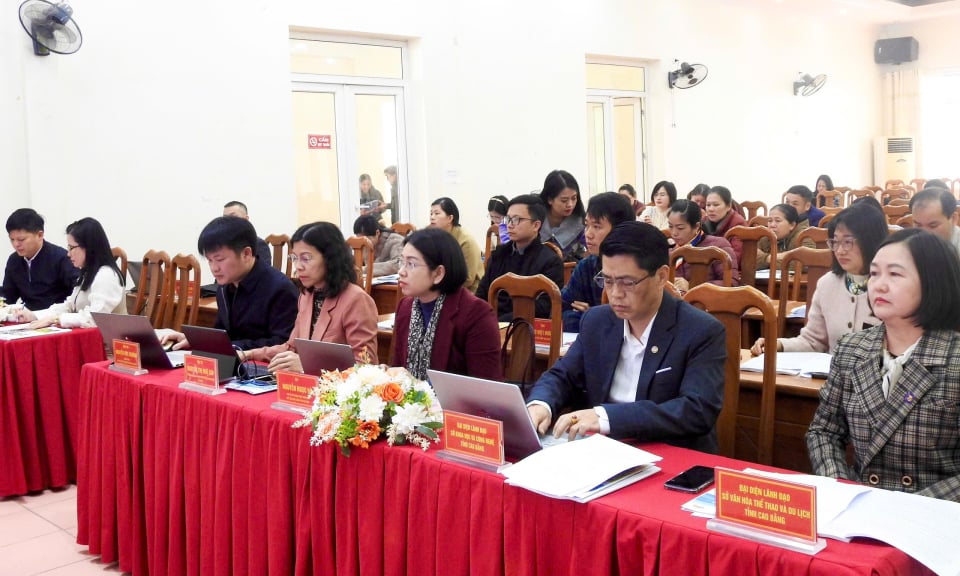

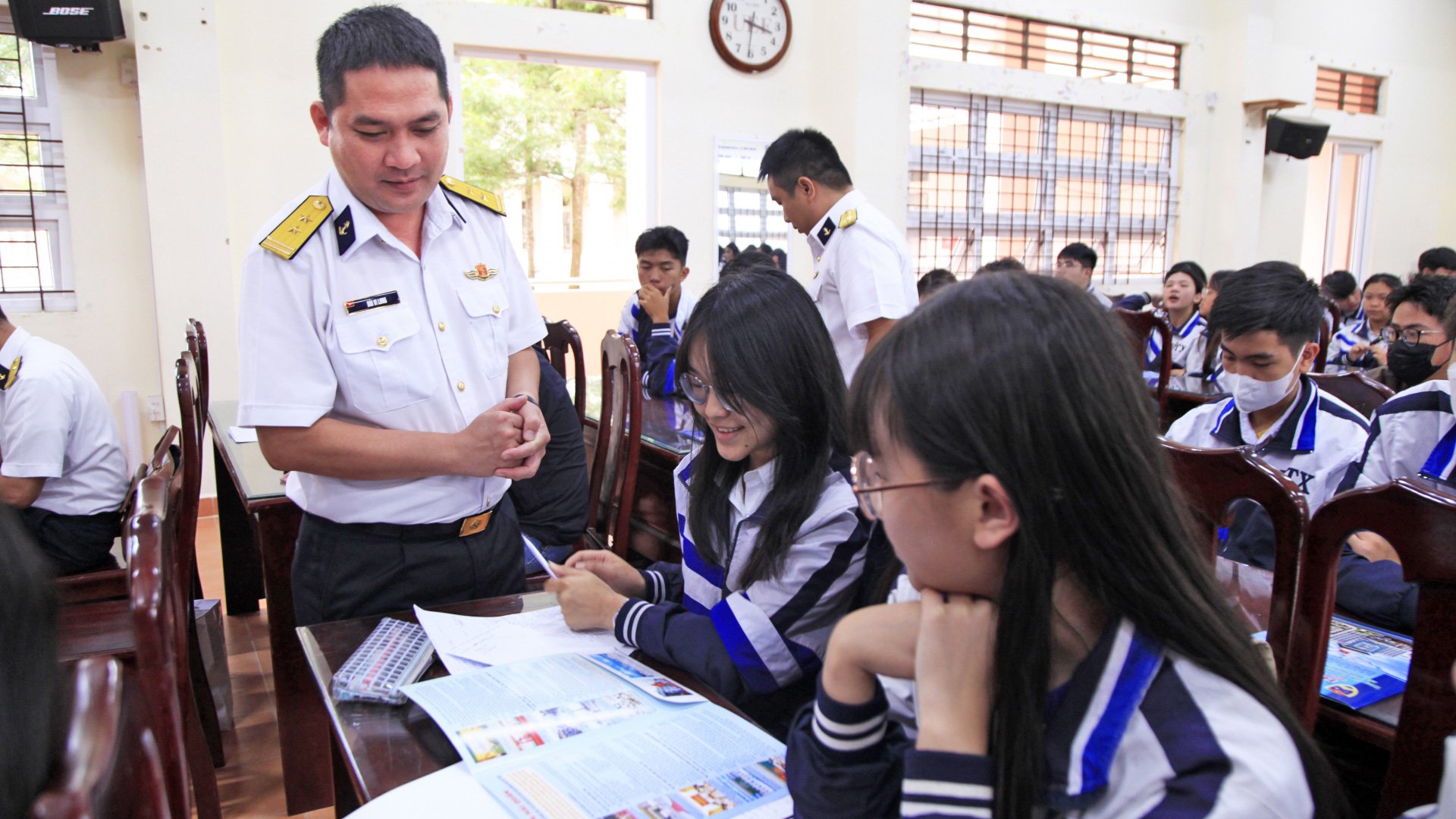
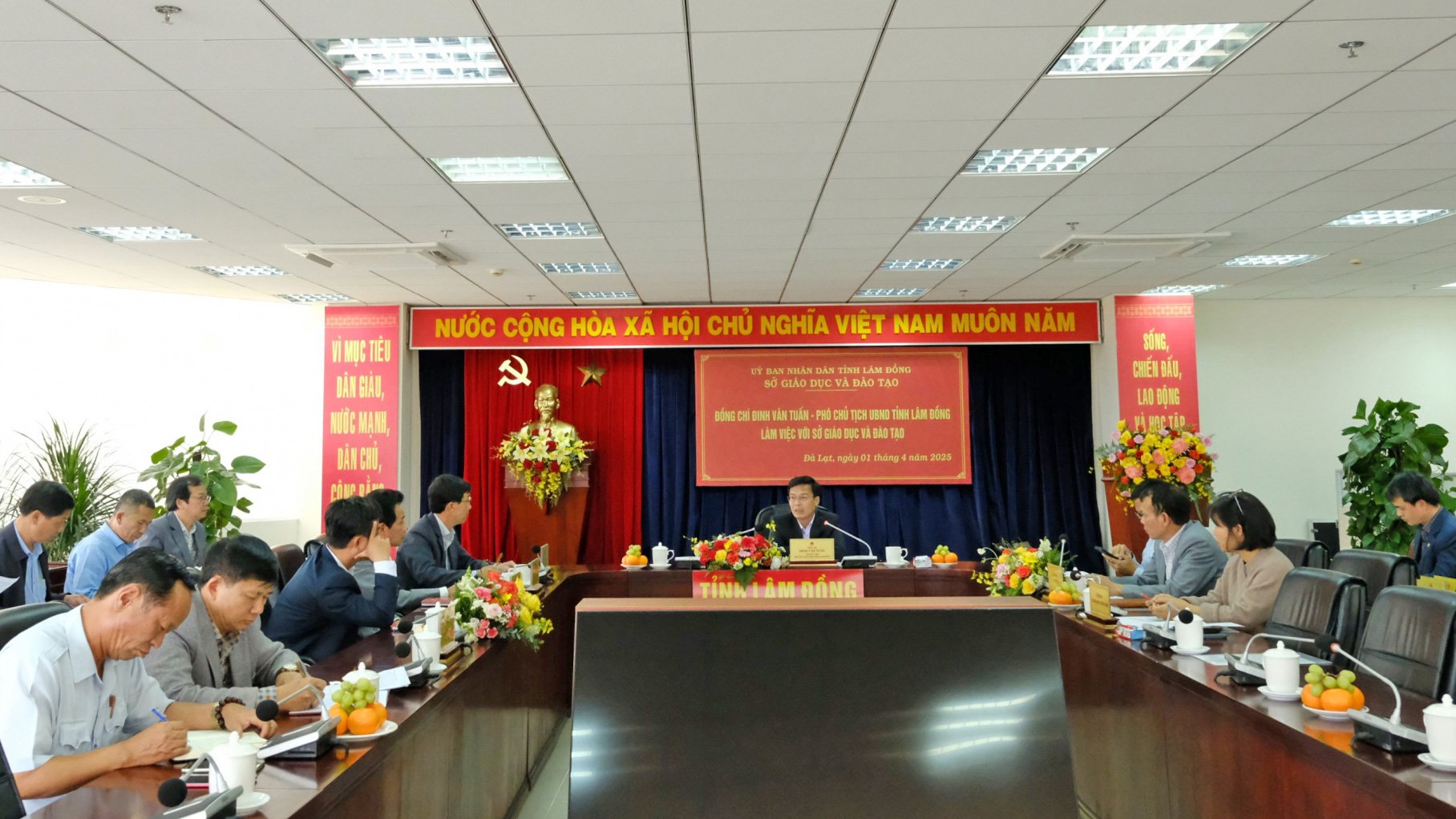
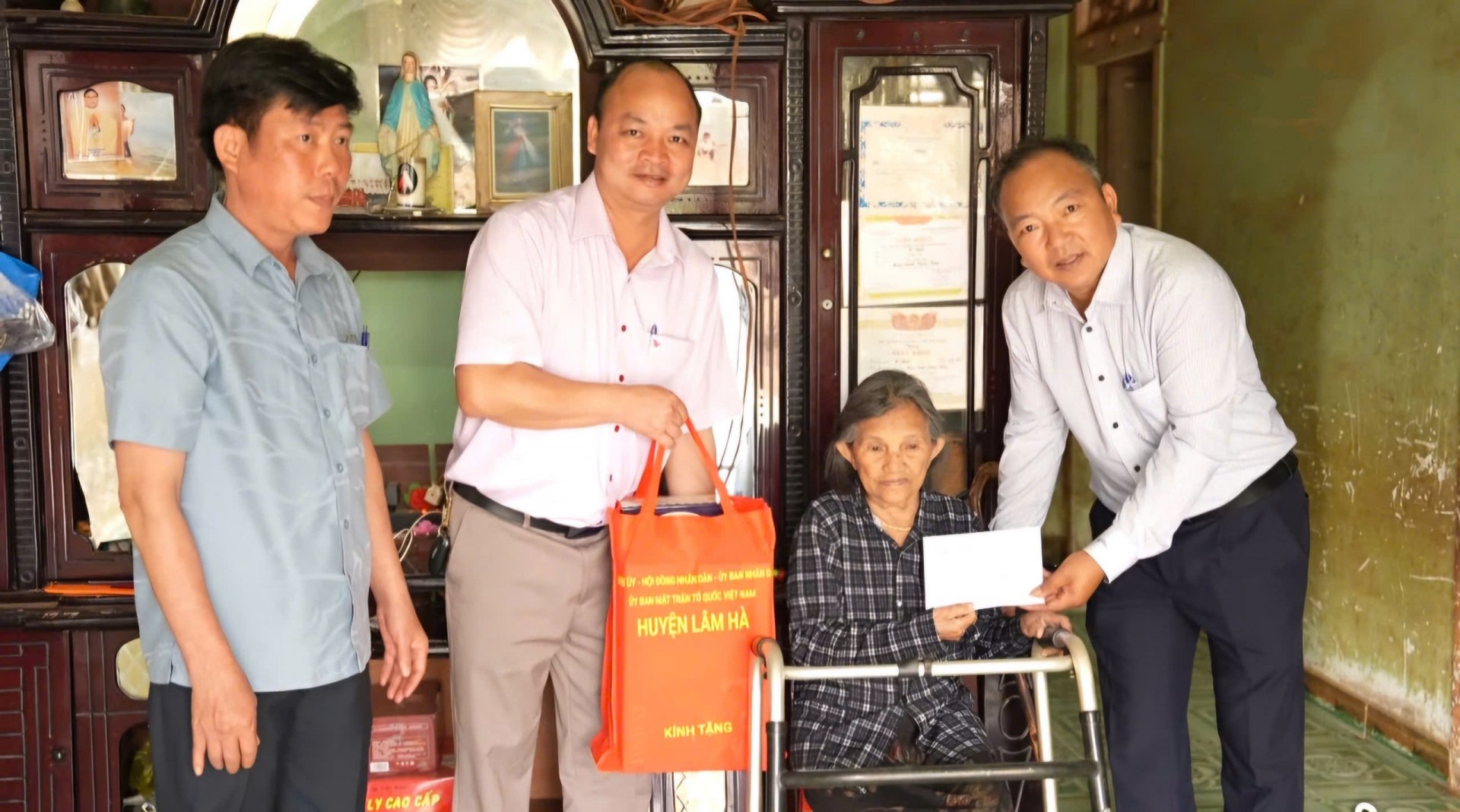
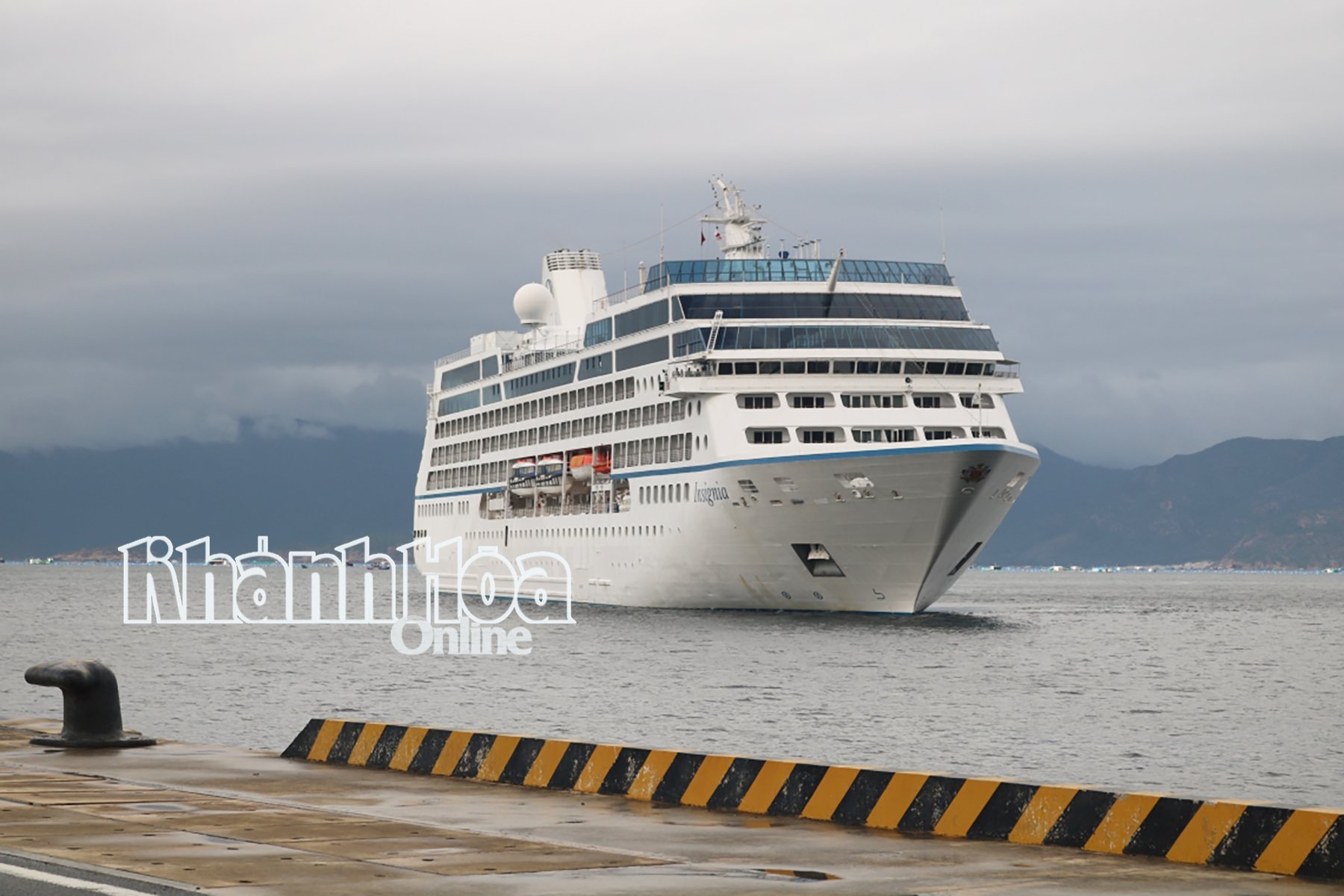




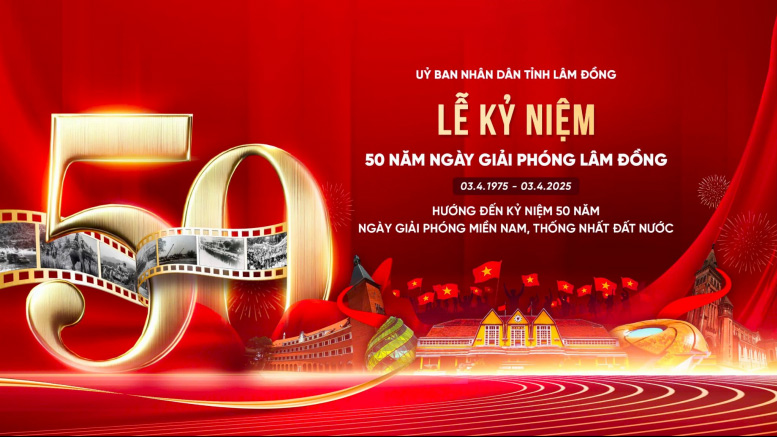
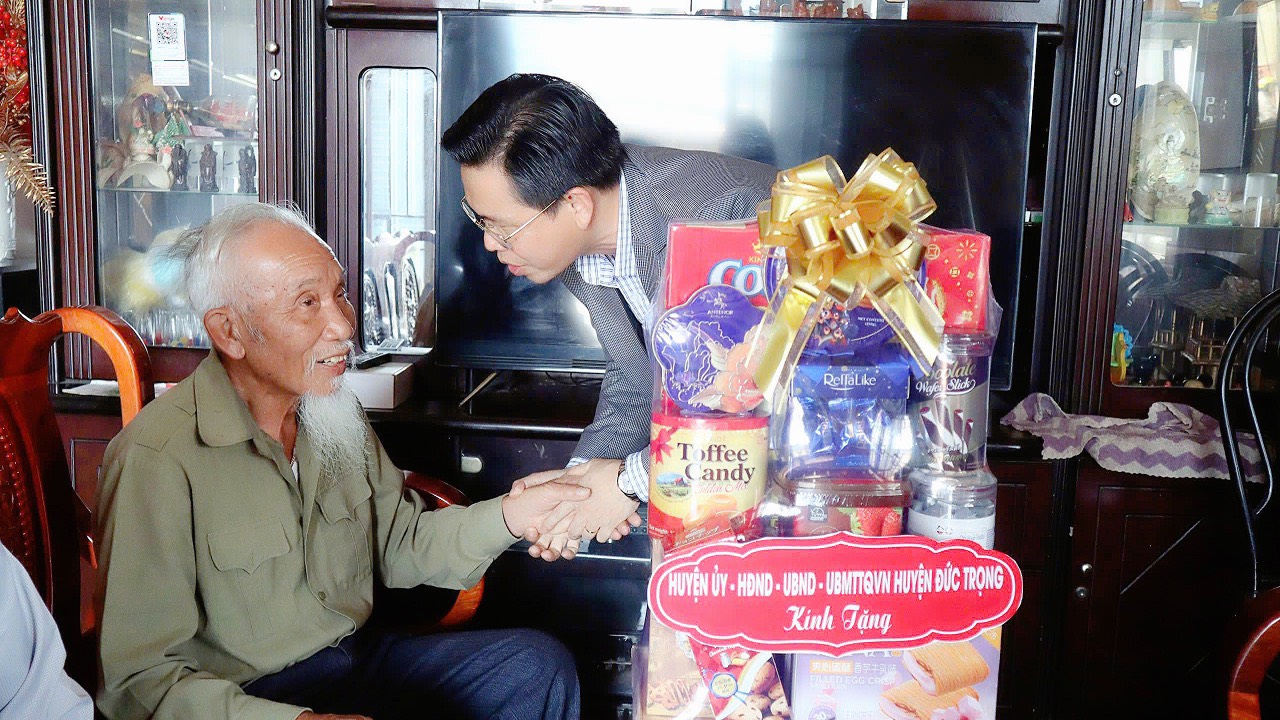
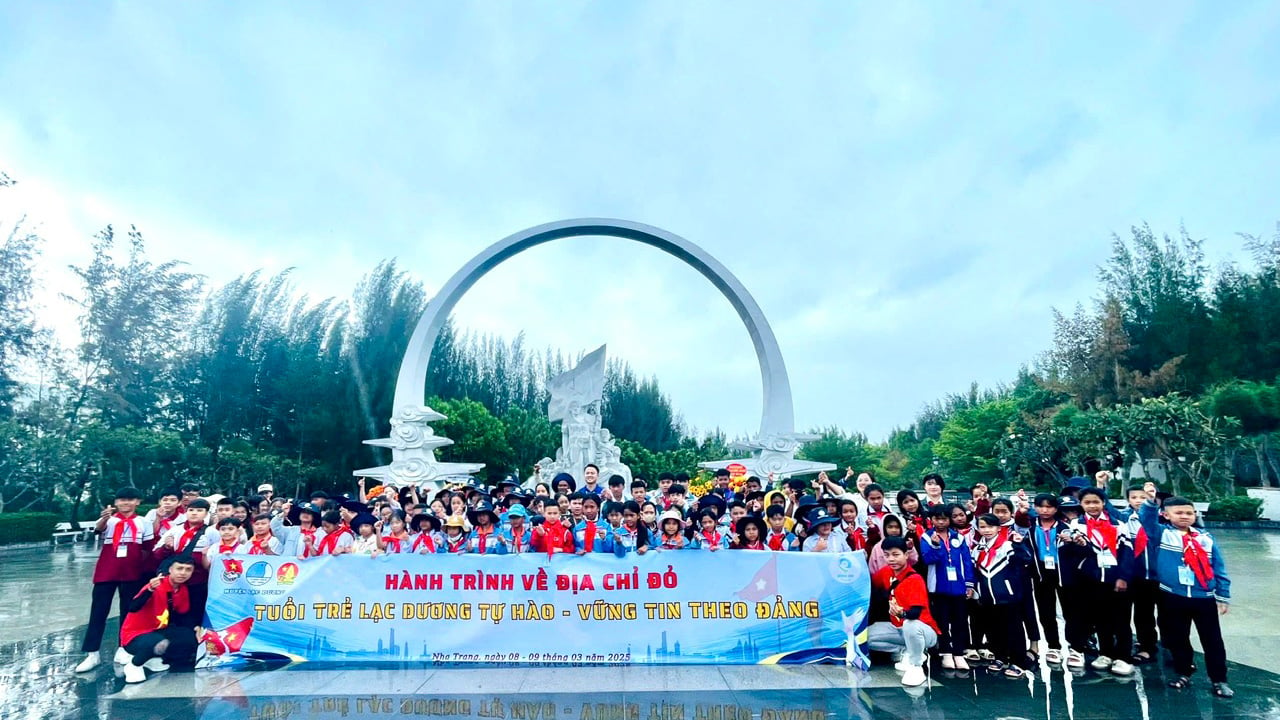
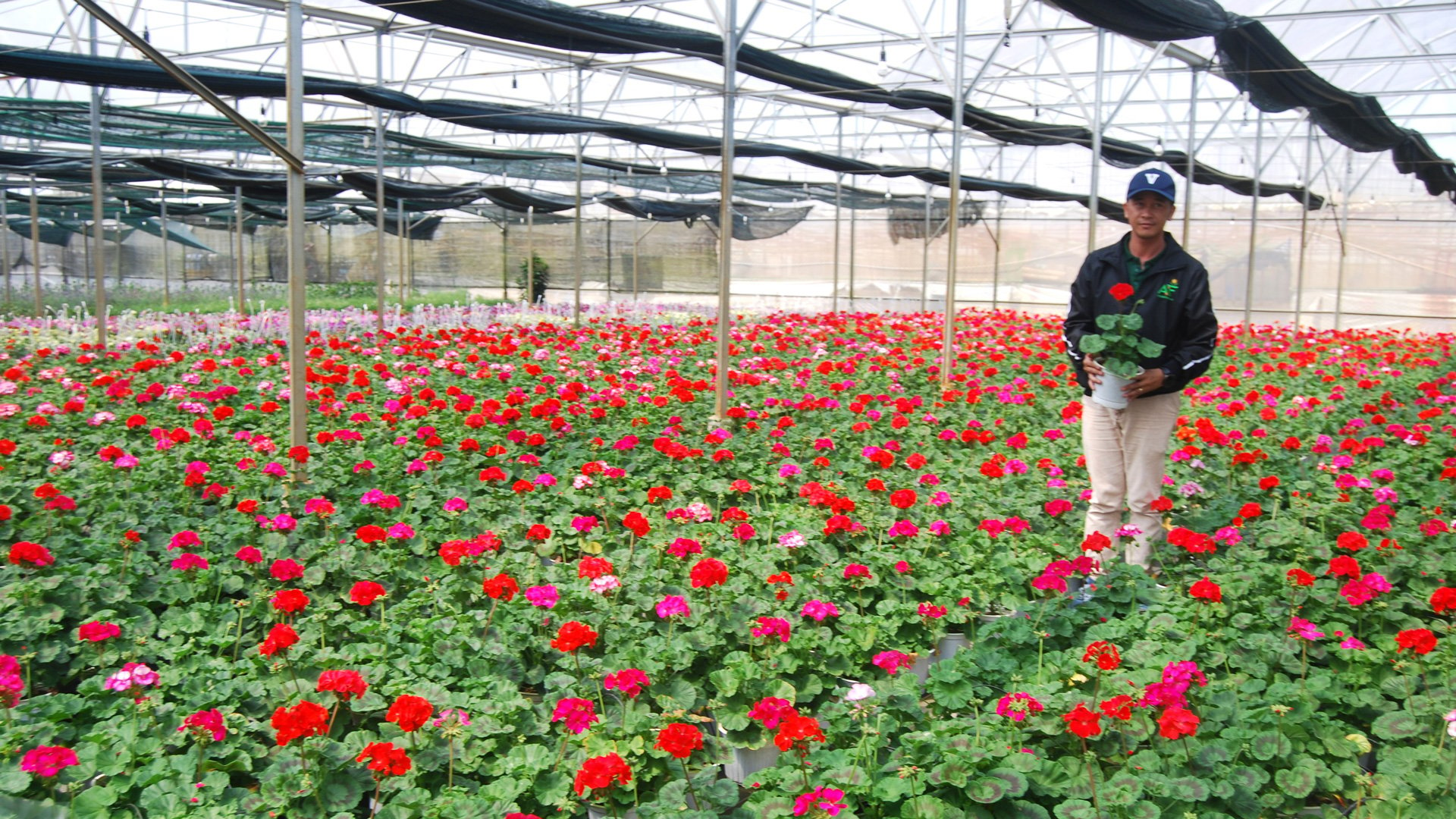
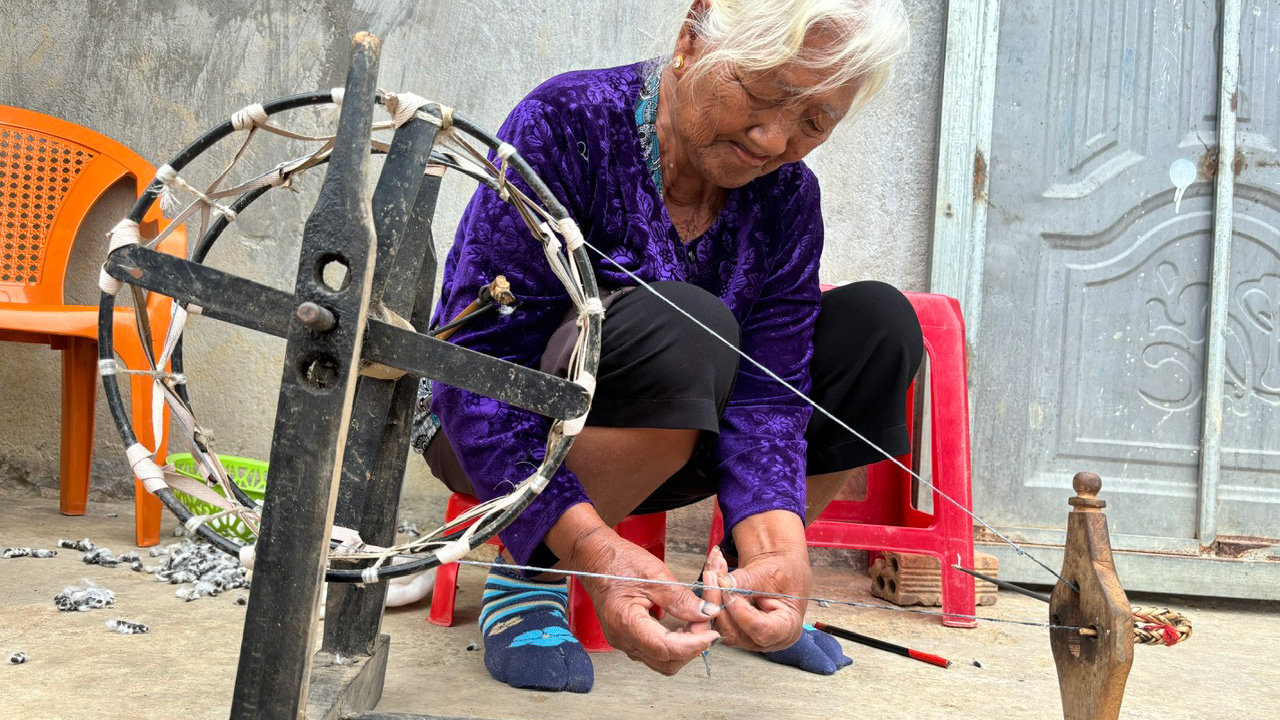
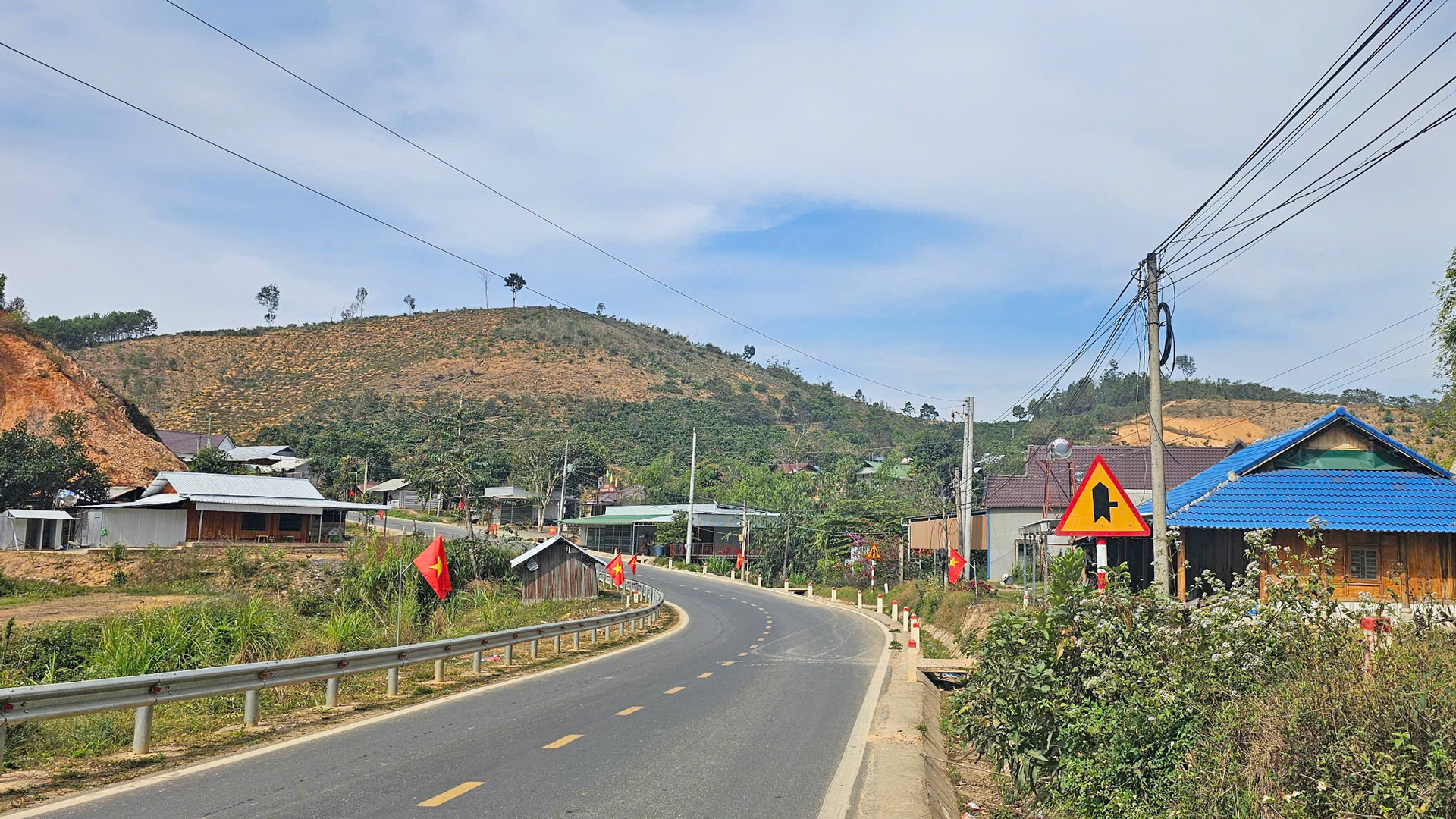
![[Photo] Myanmar's capital in disarray after the great earthquake](https://vstatic.vietnam.vn/vietnam/resource/IMAGE/2025/4/1/7719e43b61ba40f3ac17f5c3c1f03720)






























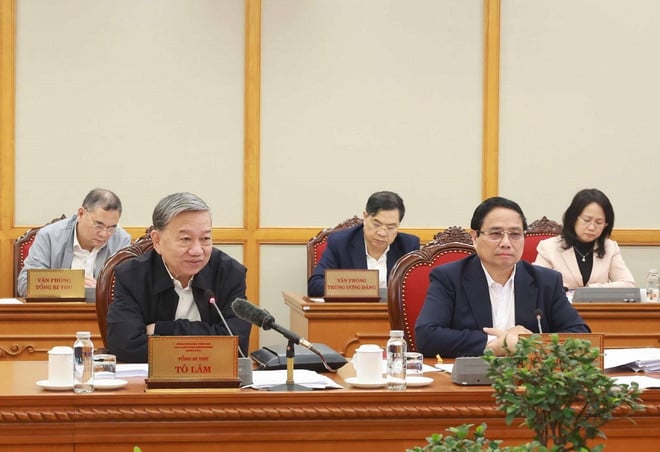
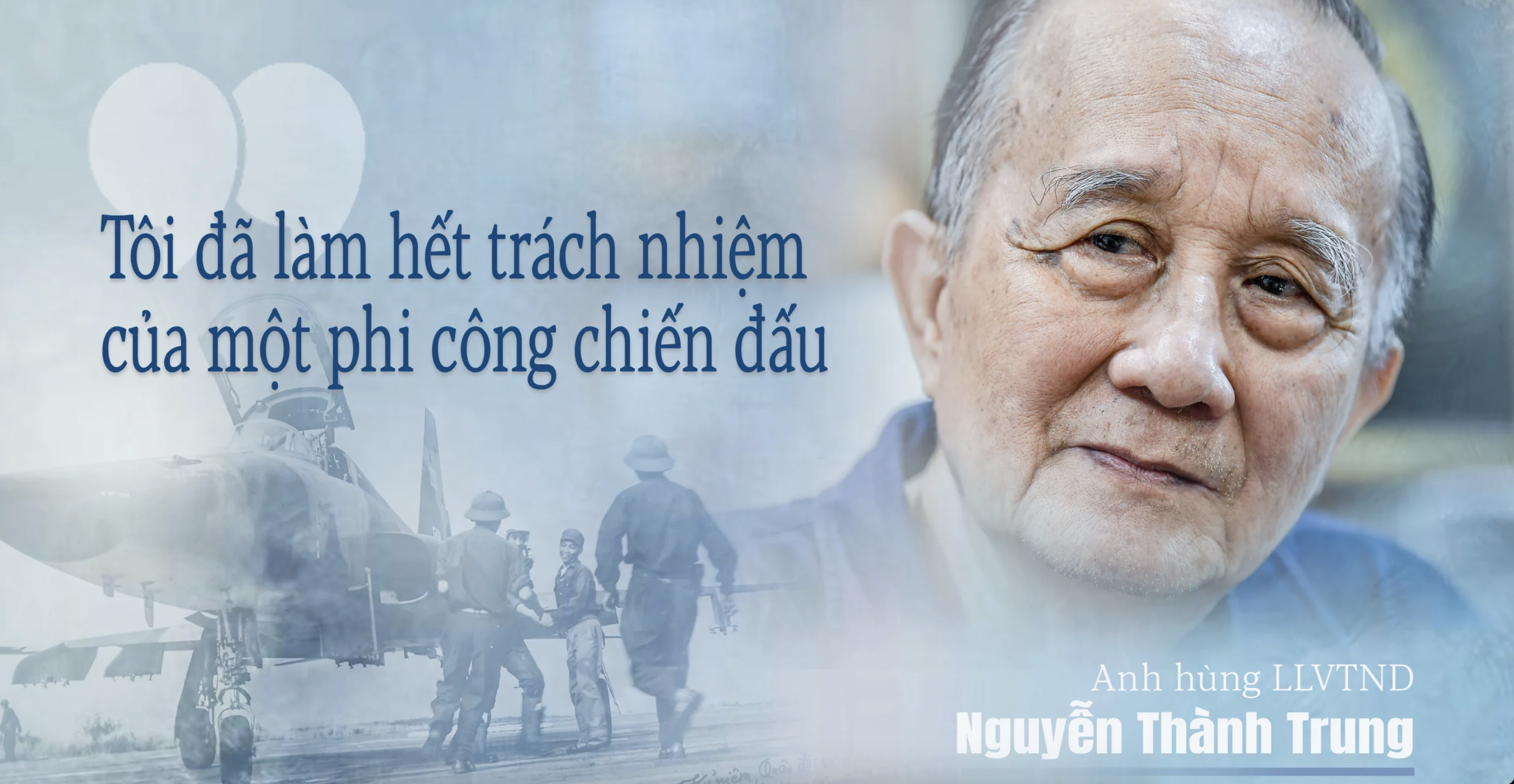
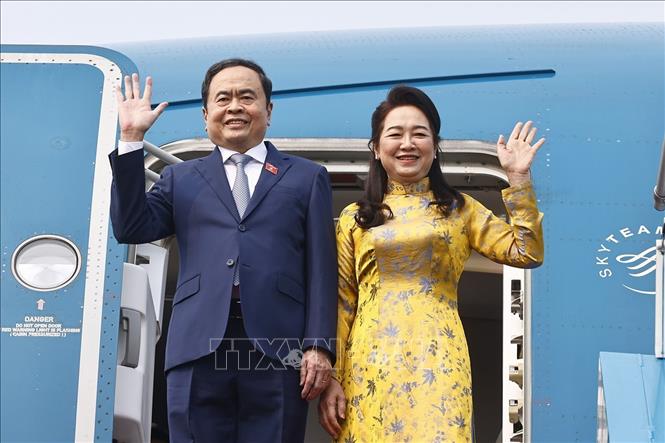

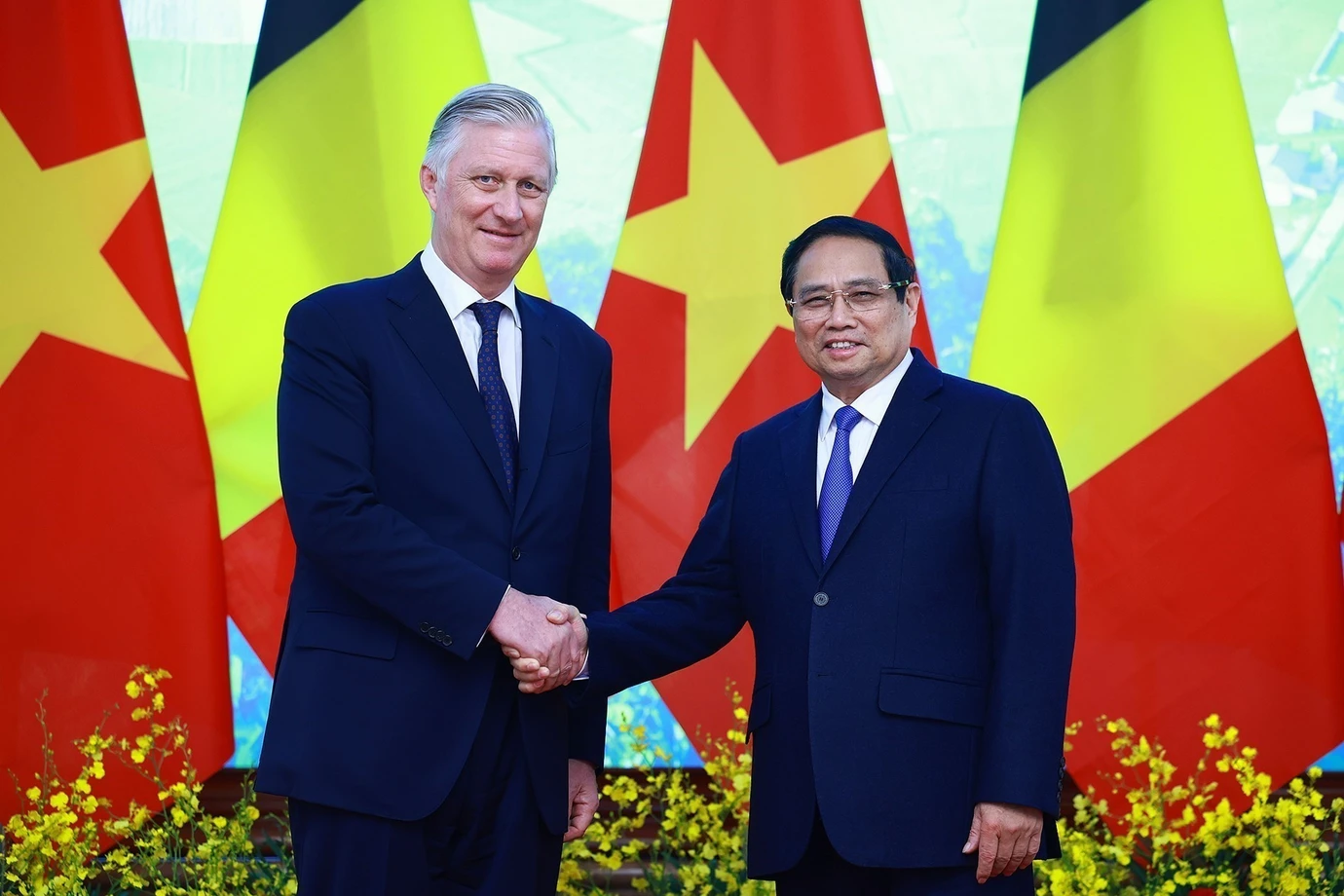







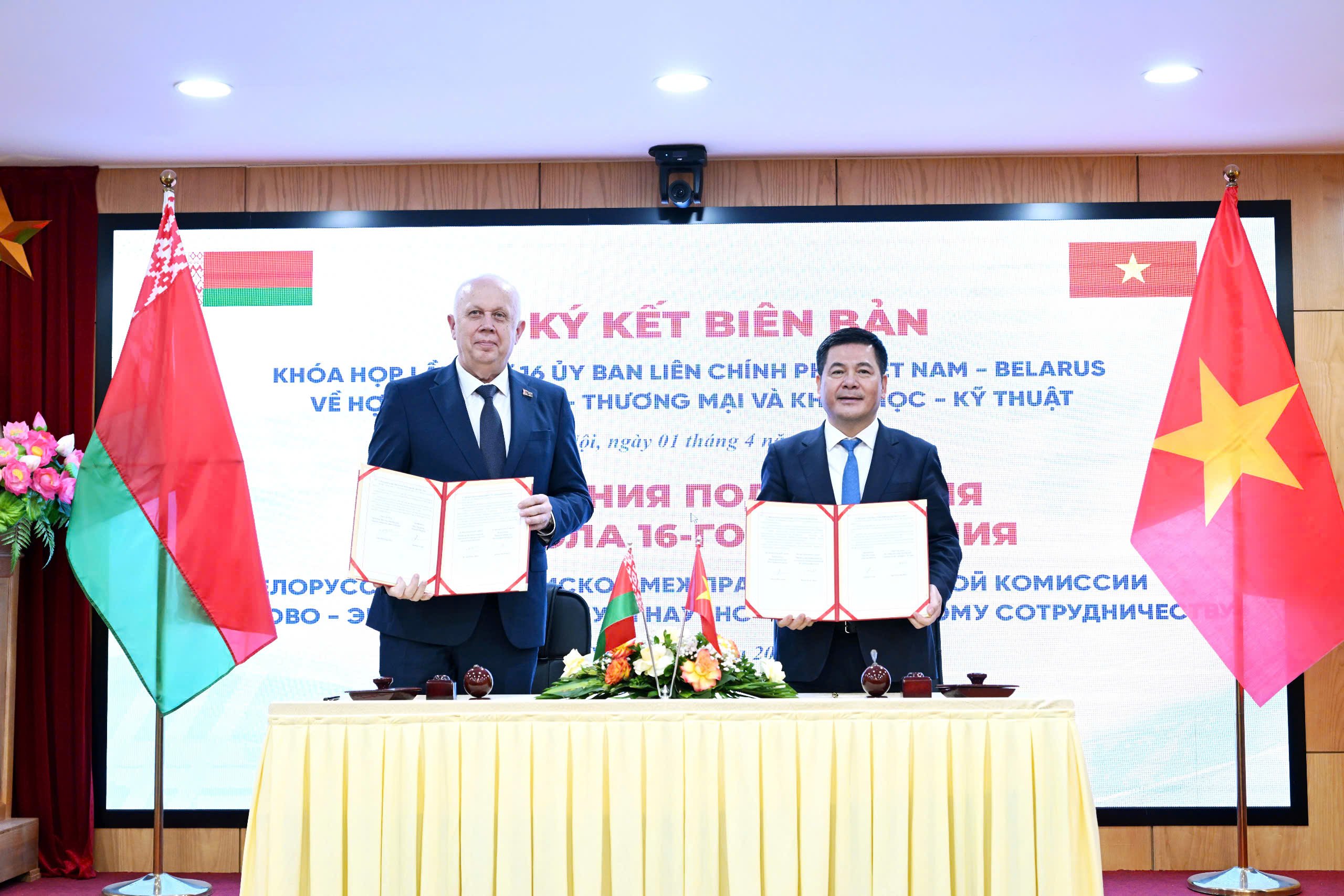
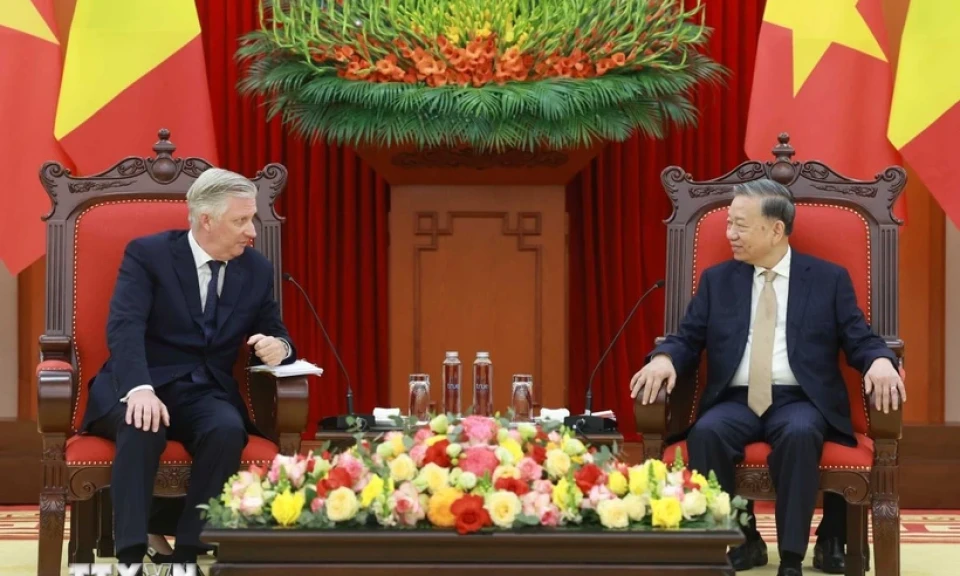

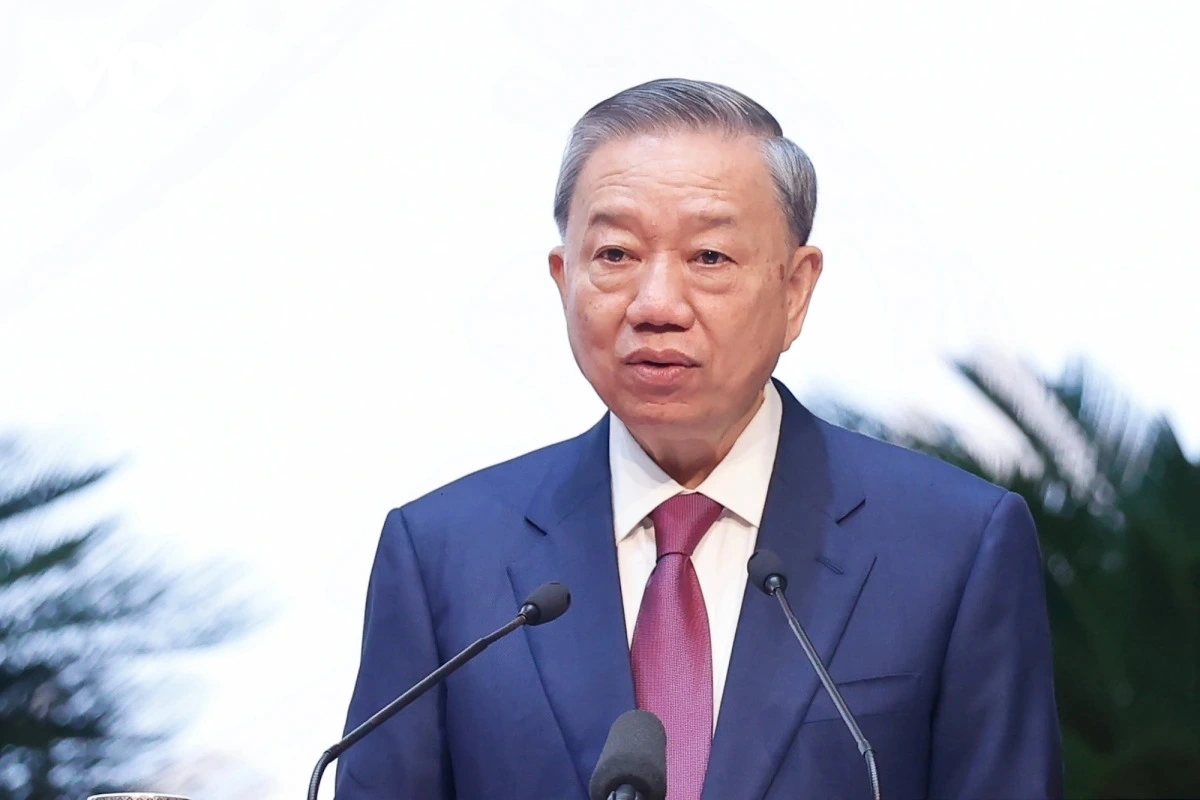

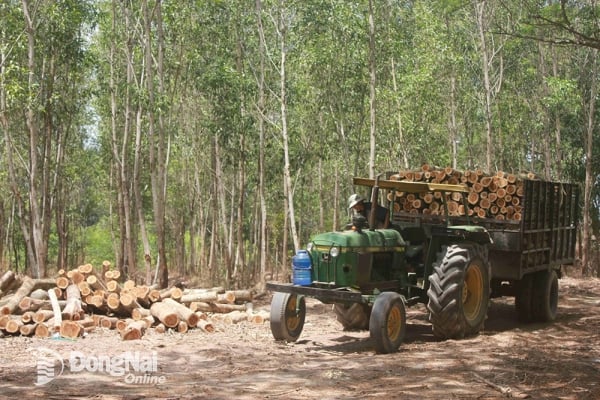
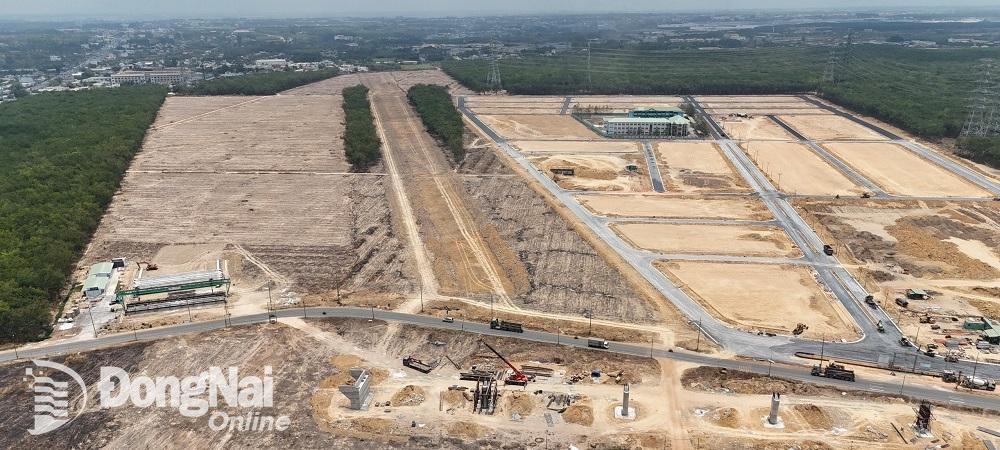
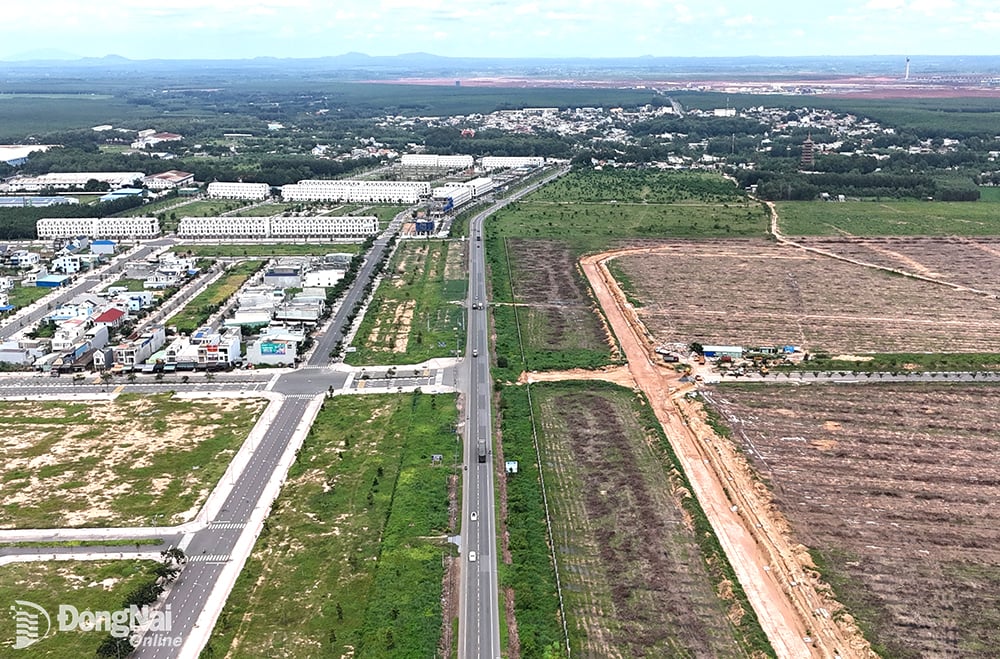
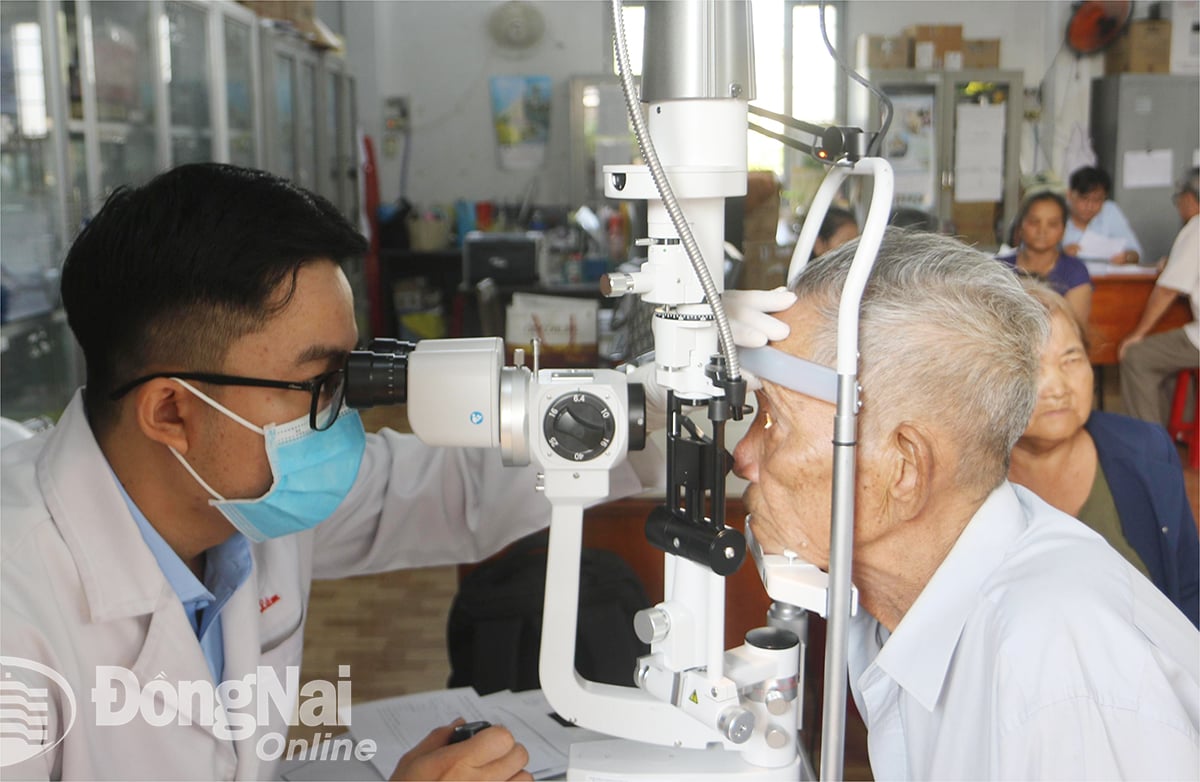











Comment (0)